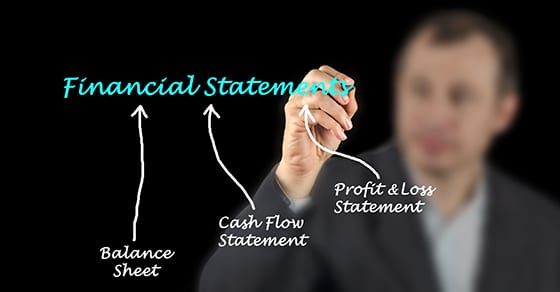How to Classify Shareholder Advances to Their Companies
Owners of closely held businesses sometimes need to advance their companies money to bridge a temporary downturn or provide extra cash flow for an expansion, a major expense or other purposes. Should you categorize those advances as bona fide debt, additional paid-in capital or something in between? Under U.S. Generally








